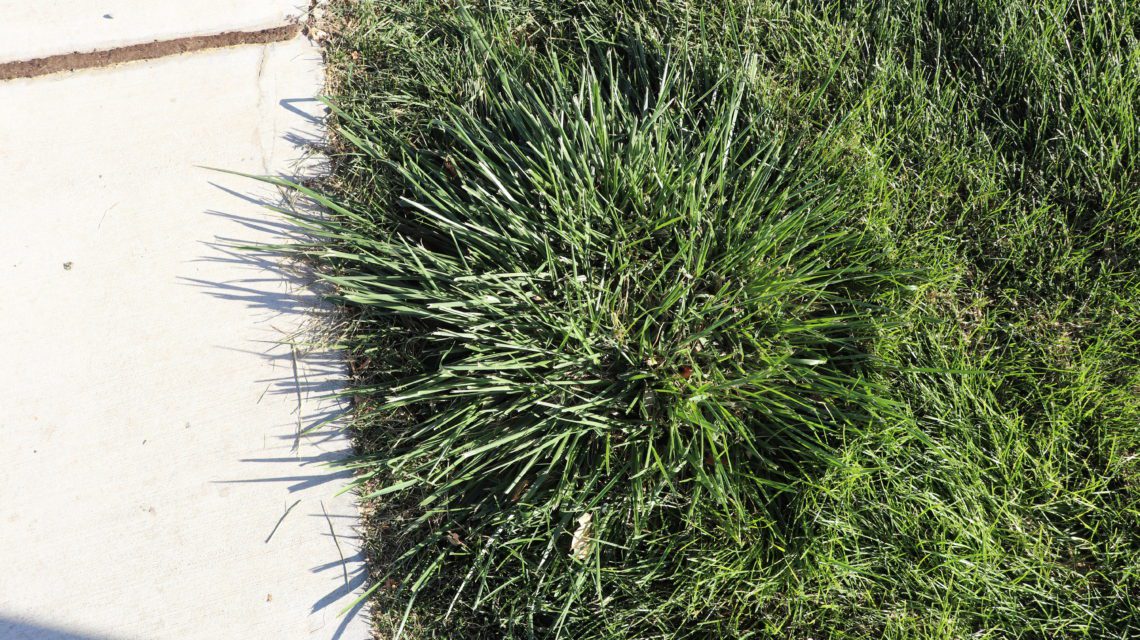Summer is coming and more weeds are starting to grow. Learn how to identify the type of weeds growing in your yard, but more importantly, learn how to get rid of them.
The life cycle of weeds and weed grasses varies. Weeds are split up into three categories based on how long they live: annual weeds, perennial weeds, and biennial weeds. To effectively treat the weeds and weed grasses in your yard, you need to determine if they are annual or perennial.
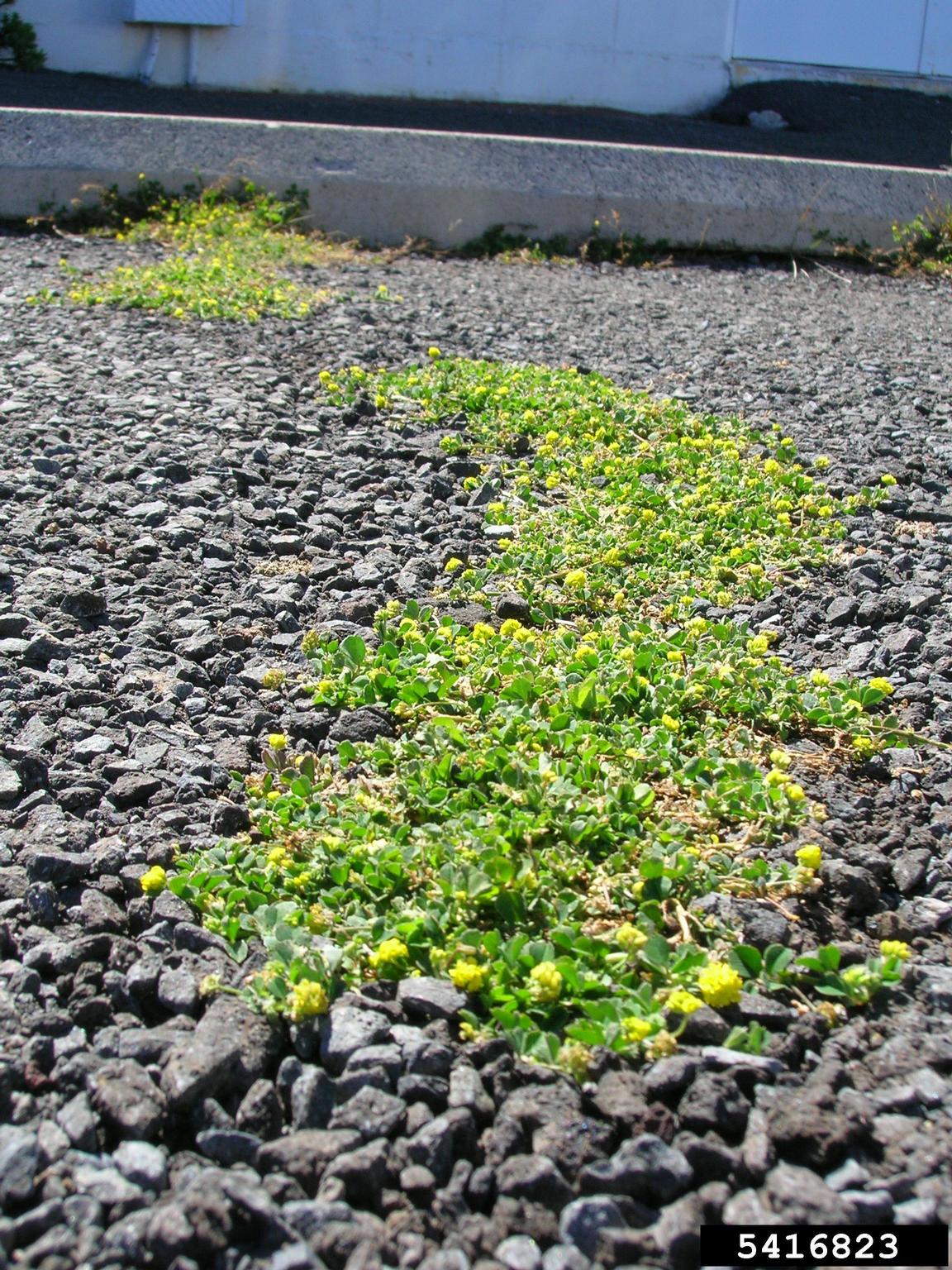

Annual Weeds
Annual weeds germinate, grow, and die every year. Some annual weeds germinate in the fall, flower in the spring, and die before summer. Others germinate and start growing in the spring, thrive during summer, and die with the fall frost. Crabgrass and goosegrass are annual weed grasses. Black medic and spurge are examples of annual weeds.
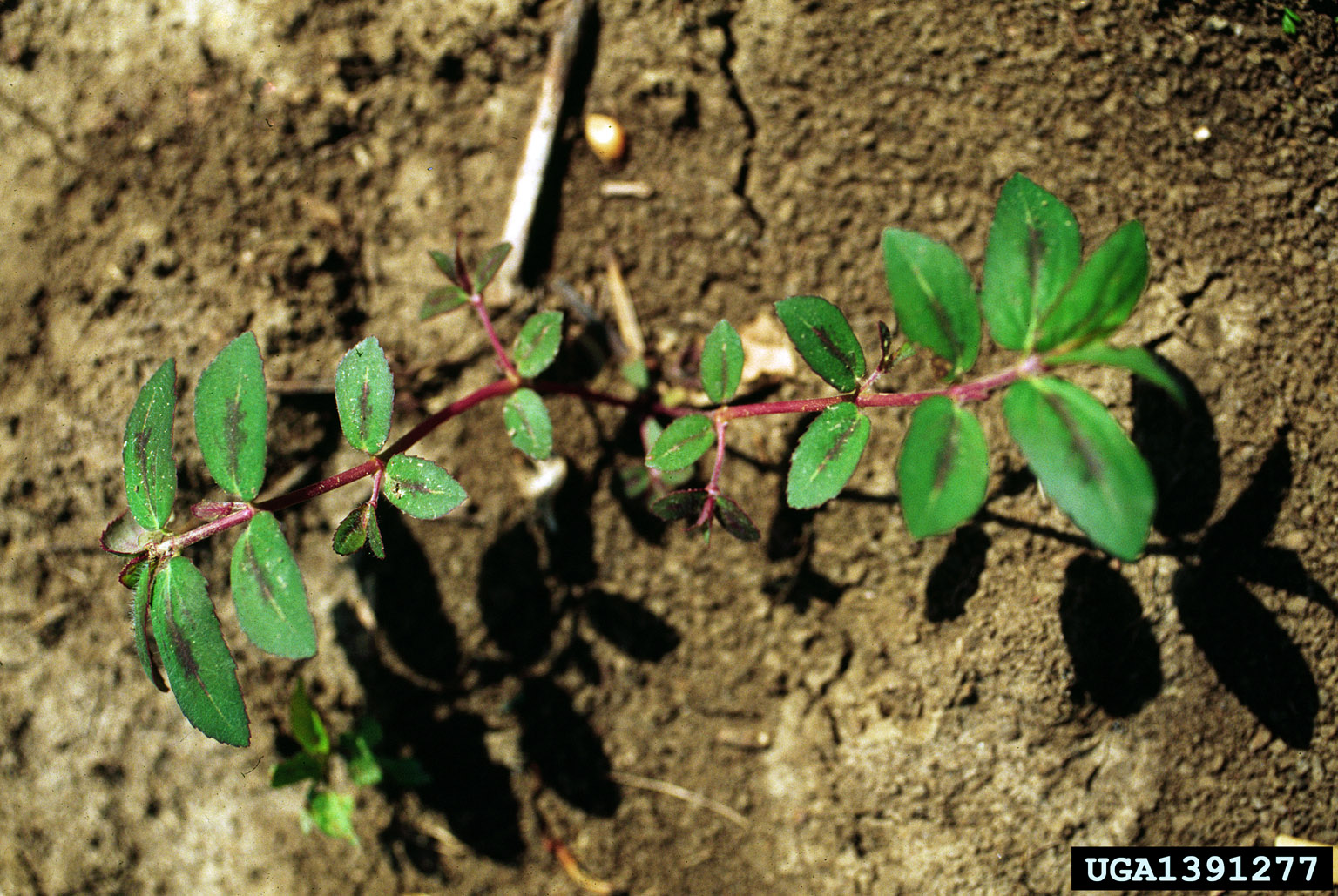

Black medic lays close to the ground and looks like the weed clover, but it has small yellow pom-pom flowers and jagged leaves. It can be a stubborn weed to get rid of and will likely need to be sprayed with an herbicide multiple times before it will die.
Spurge also grows close to the ground in mats. It grows along the edges of the lawn and can be toxic to animals if ingested. It also attracts pests and often carries fungal diseases that can be detrimental to your plants.
Perennial Weeds
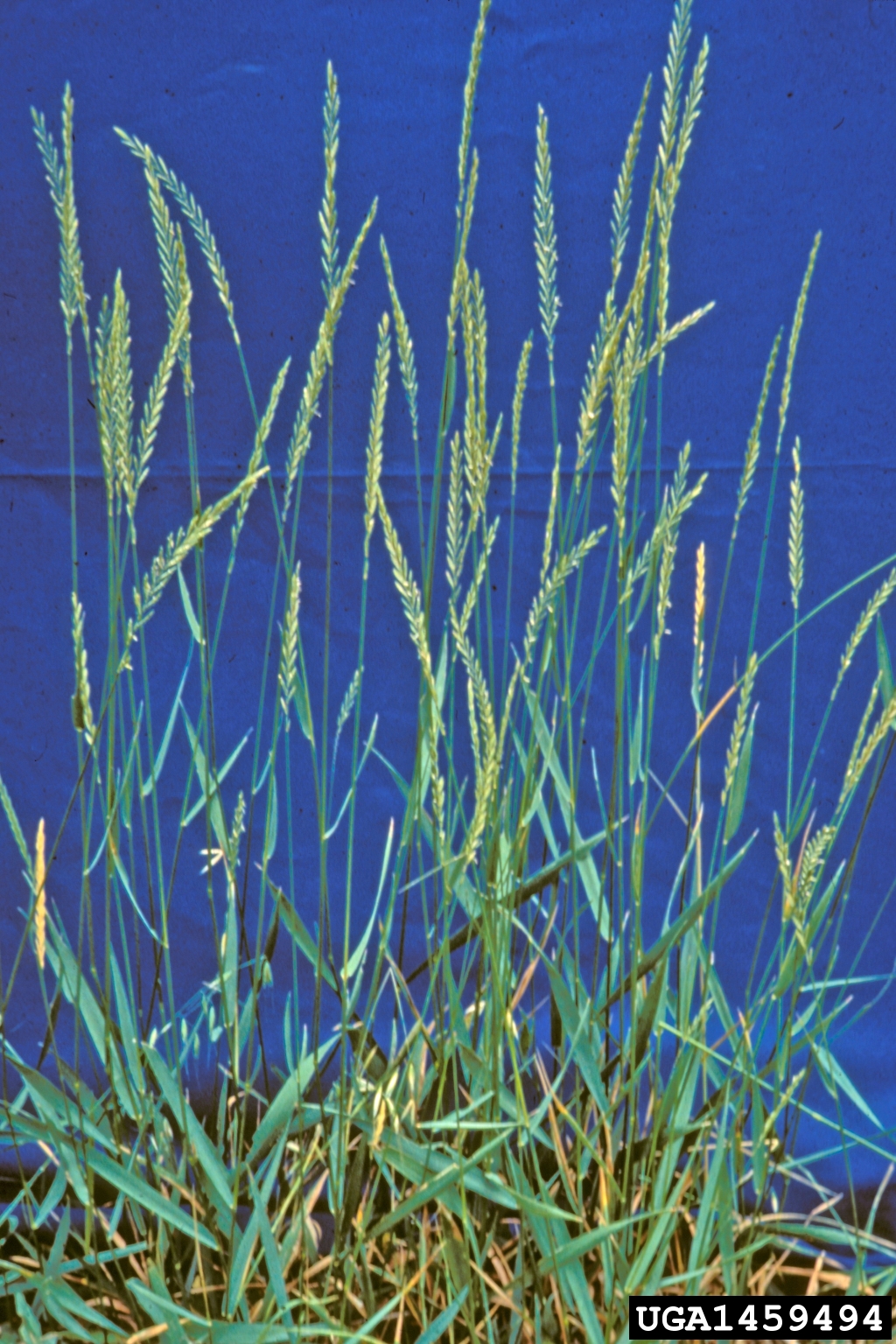

Perennial weeds live for more than three years. They flower and produce seeds without dying and go dormant in the winter. Some examples of perennial weed grasses are bermudagrass, quack grass, and tall fescue. Clover, dandelions, and field bindweed (morning glory) are all perennial weeds.
Clover grows throughout the spring, summer, and fall. It grows like a ground cover and has small white pom-pom shaped flowers. Clover can be a stubborn weed and will likely need to be treated multiple times before dying off completely.
Quack grass can grow to be 3 feet tall, has thick grass blades, and grows well in colder climates. Quack grass is difficult to kill. Spray it with a non-selective herbicide and/or pull it out of the ground to successfully eradicate it. Tall fescue grows in small clumps and has very wide, coarse grass blades. It grows throughout spring, summer, and fall, and it can only be killed with non-selective herbicides.
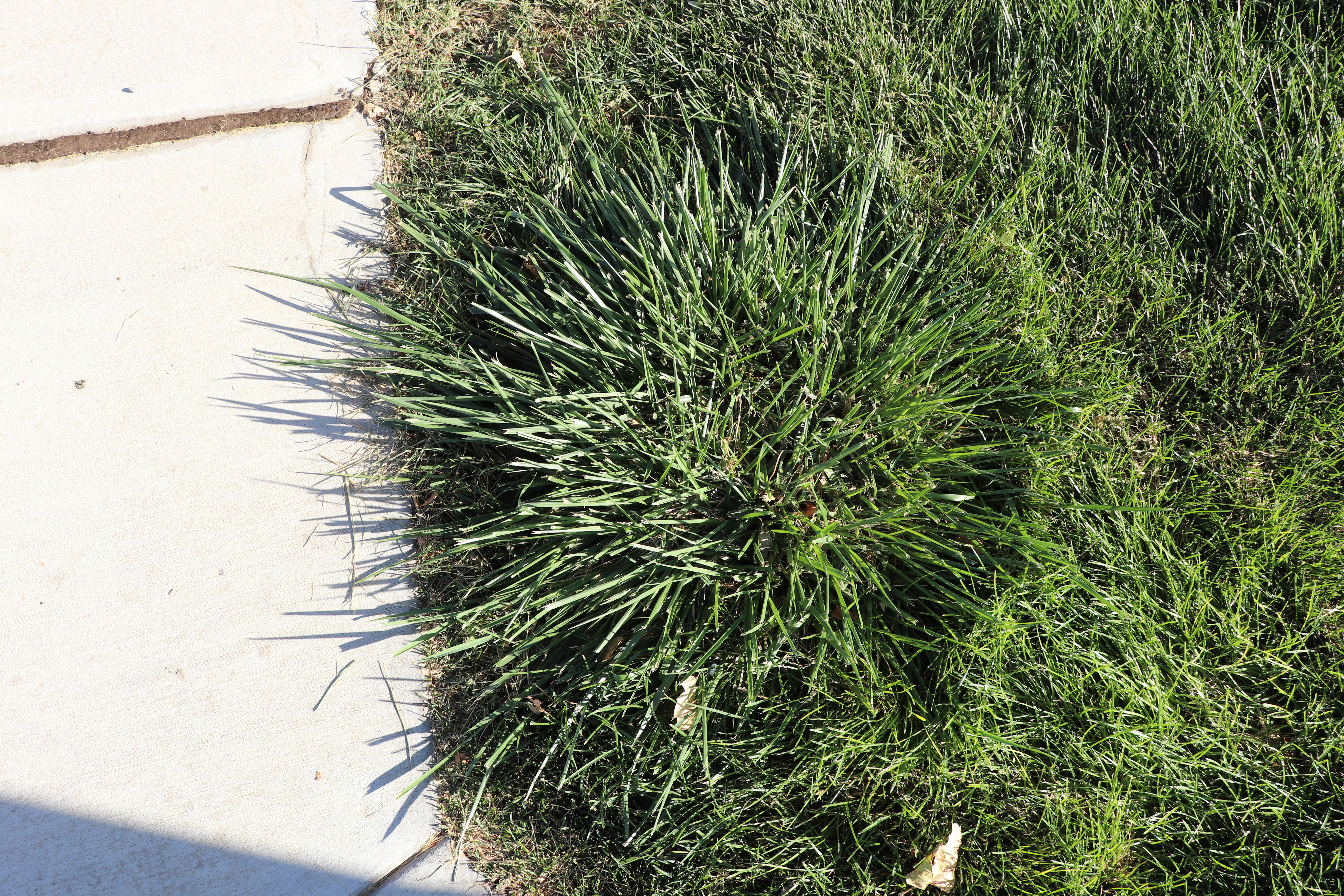

Biennial Weeds
Biennial weeds grow without flowering during the first summer and die within two years of germinating. Mullein and many thistles are biennial weeds. Biennial weeds can be treated like annual weeds when you’re trying to get rid of them:
- Use a non-selective herbicide to kill current weeds
- Put down a pre-emergent to kill weeds that may emerge from a seed that year
Treatments
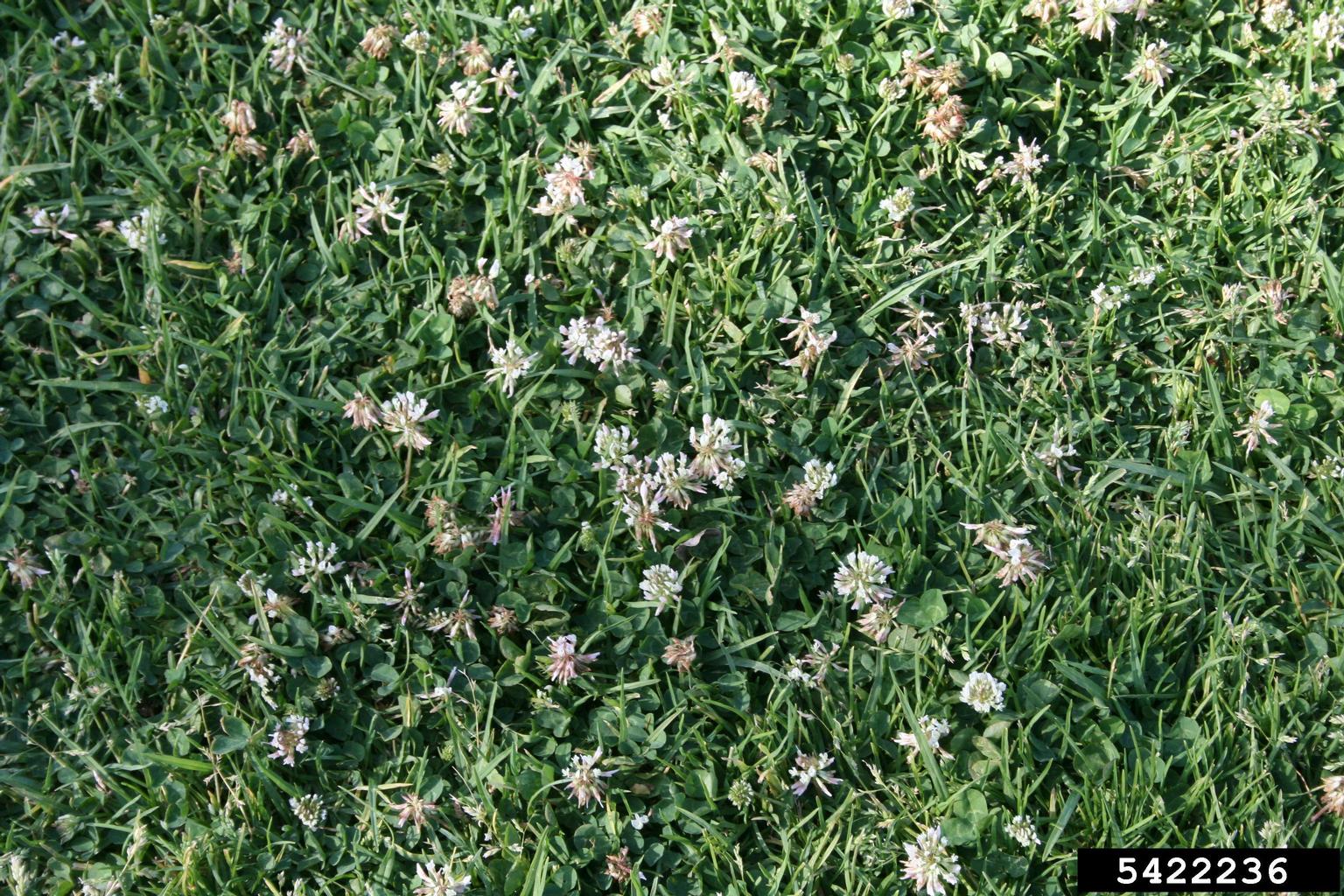

Because they grow from a seed every year, many annual weeds can be successfully prevented by using a pre-emergent treatment. The pre-emergent must be applied at the correct time to effectively prevent different weeds from growing.
If it’s applied too early, the pre-emergent fades before it can prevent seeds from growing. If it’s applied too late, the weeds will have already started to grow, making it impossible to stop them with pre-emergent before they reach the surface. Stewarts puts down pre-emergent in the spring as part of its lawn program.
Some weeds, like dandelions and clover, can be killed with selective herbicides. This means that these weeds can be eradicated from your lawn without damaging your grass.
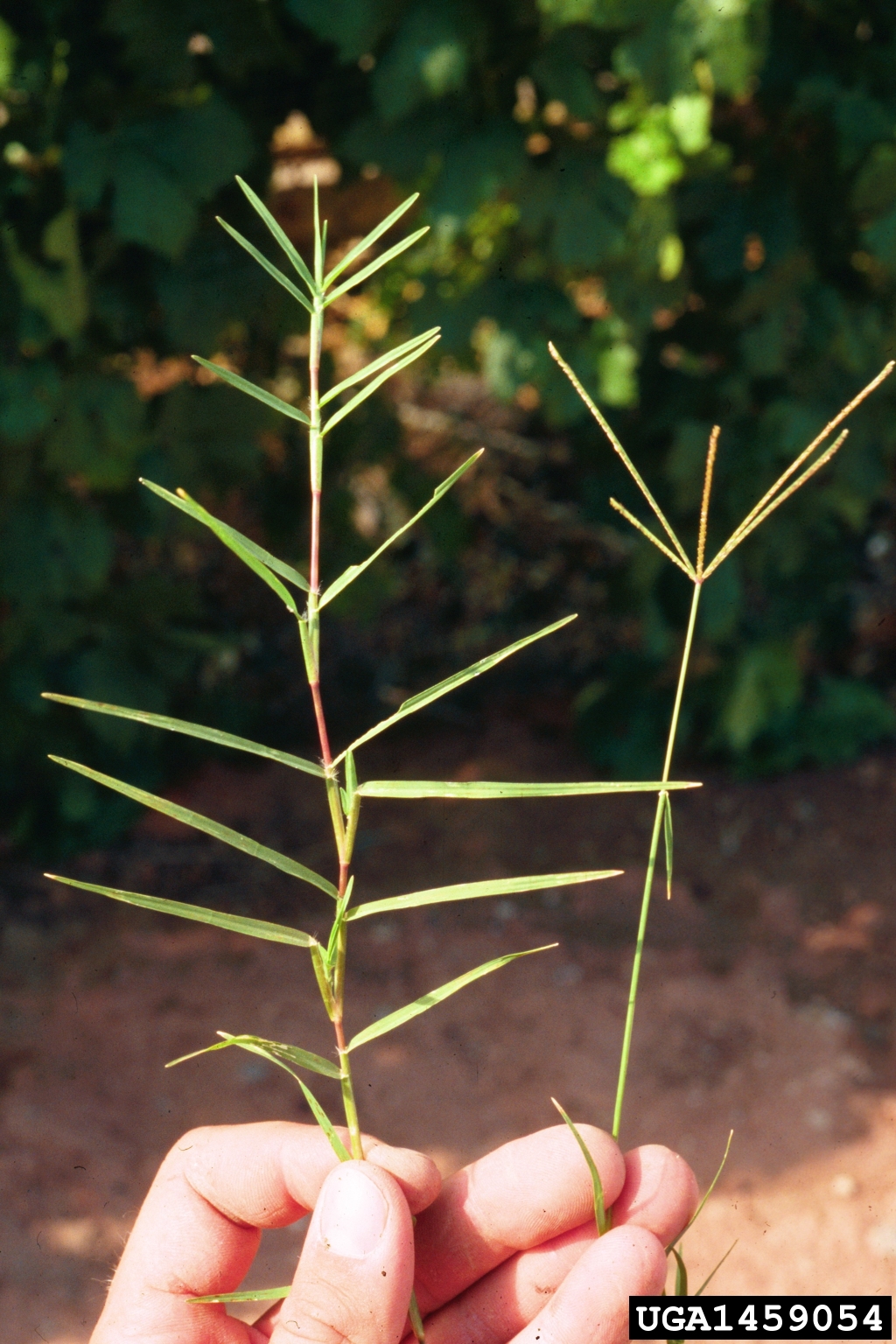

Treating Weed Grasses
Weed grasses (like crabgrass and goosegrass) can be very difficult to kill, especially if they are in your grass. These can be effectively prevented with pre-emergent (a chemical that prevents seeds from germinating), but once they come up, only non-selective herbicides (chemicals that will kill any plant) are effective.
Conversely, perennial weed grasses like tall fescue and bermudagrass cannot be controlled with a pre-emergent because they hibernate in the winter with the Kentucky bluegrass you want in your lawn. The only way to kill a perennial weed grass is to use a non-selective herbicide and then dig it out. This is difficult because the herbicide will kill all the grass that it touches—not just the weed grass.
Stewart’s helps prevent annual weeds with its liquid preemergent, which attacks annual seeds as they start to germinate. Other weeds are treated with a liquid weed control spray to kill weeds like dandelions and clover. Pre-emergent and weed control spray are included in Stewart’s lawn care program. Call or text us at 801-226-2261 for a free estimate.



